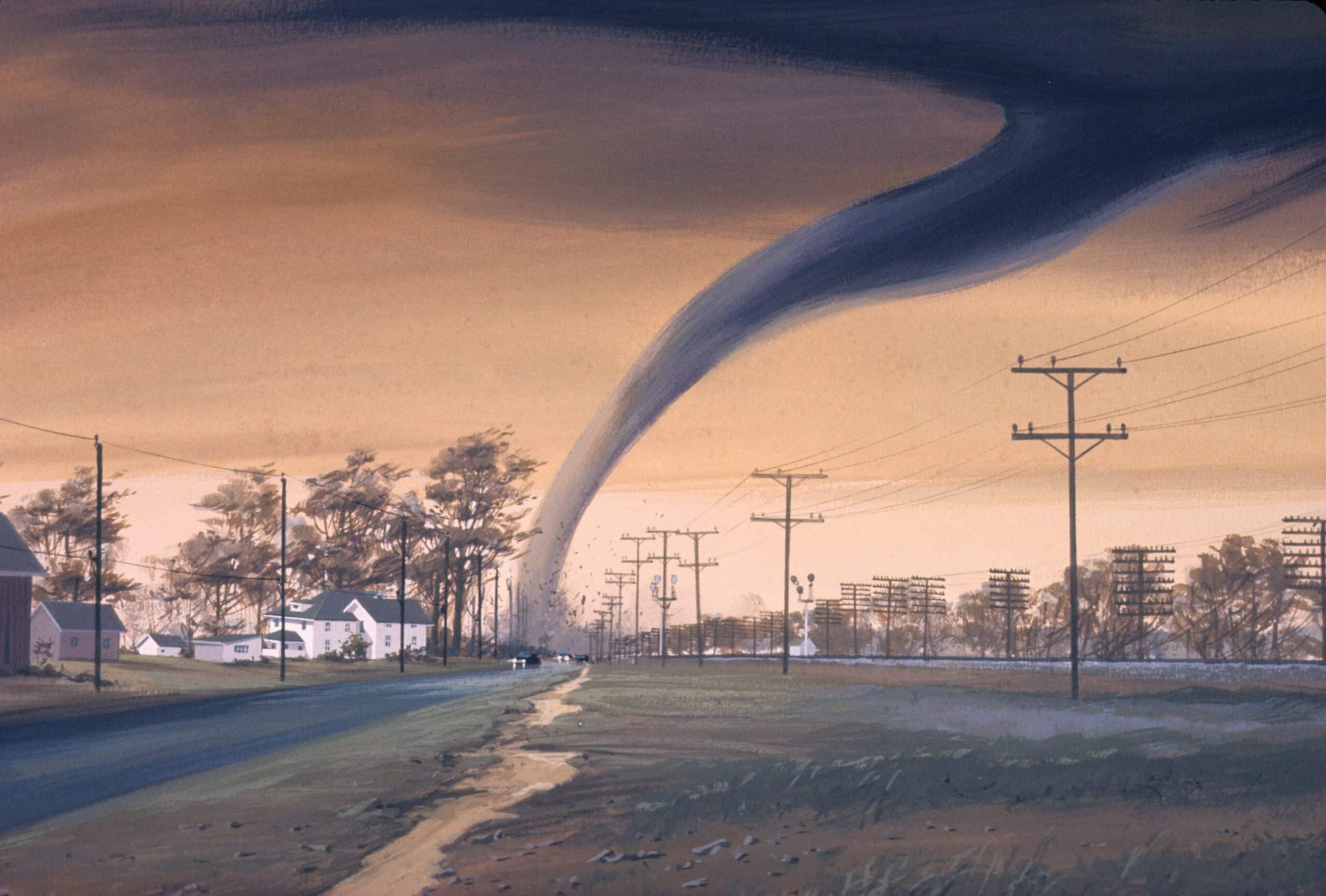
May 24, 2023
The Hidden Dangers of Storm Damage: Health Risks for St. Louis Residents
In St. Louis, we are all too familiar with the capricious nature of weather. With a climate that regularly presents us with storms, we have grown accustomed to dealing with their immediate aftermath. But are we fully aware of the hidden dangers that these storms bring? This post aims to shed light on the often overlooked hazards of storm damage and its potential health risks.
When we think of storm damage, our minds naturally gravitate towards the physical destruction to our homes and infrastructure. Yet, the hidden health risks linked to storm damage are just as significant and concerning. Here’s a closer look at these risks and how they impact our lives.
Mold Growth
One of the most common health risks associated with storm damage is mold growth. When storms hit, they can lead to water intrusion in our homes. If this water isn’t removed promptly and adequately, it creates a damp environment that is perfect for mold and mildew growth. Mold isn’t just a nuisance that harms your home’s structure; it can also pose serious health issues. It can lead to respiratory problems, cause allergic reactions, and in severe cases, exposure to certain types of mold can lead to more serious health conditions like pneumonia.
Exposure to Hazardous Materials
Storms can disrupt structures containing hazardous materials like asbestos or lead-based paints. If your home was built before the 1980s, there’s a chance it contains these harmful substances. When storm damage occurs, these materials can be disturbed and particles can be released into the air. Inhaling these particles can lead to severe health issues, including lead poisoning or lung diseases like asbestosis or mesothelioma.
Injury Risks during Cleanup
The aftermath of a storm often involves cleanup activities, which can be risky if not handled correctly. Injuries can occur due to falling debris, unstable structures, or mishandling of equipment during the cleanup process. Power lines, in particular, pose a risk as they can cause electrocution if they’re downed or damaged during a storm.
Increased Risk of Vector-Borne Diseases
Standing water left behind by heavy rainfall can serve as a breeding ground for mosquitoes. This increases the risk of vector-borne diseases like West Nile Virus, a concern particularly relevant to St. Louis residents. Other pests may also become more prevalent after a storm, including rodents which can carry a range of diseases.
While these risks may seem daunting, understanding them is the first step towards protecting ourselves and our loved ones. Knowledge is power, and being prepared and informed is your best defense against these hidden dangers.
At Family First Exteriors, we prioritize the safety and well-being of our St. Louis community. We are here to assist you in assessing and repairing storm damage to ensure your home is safe and free from hazards.
